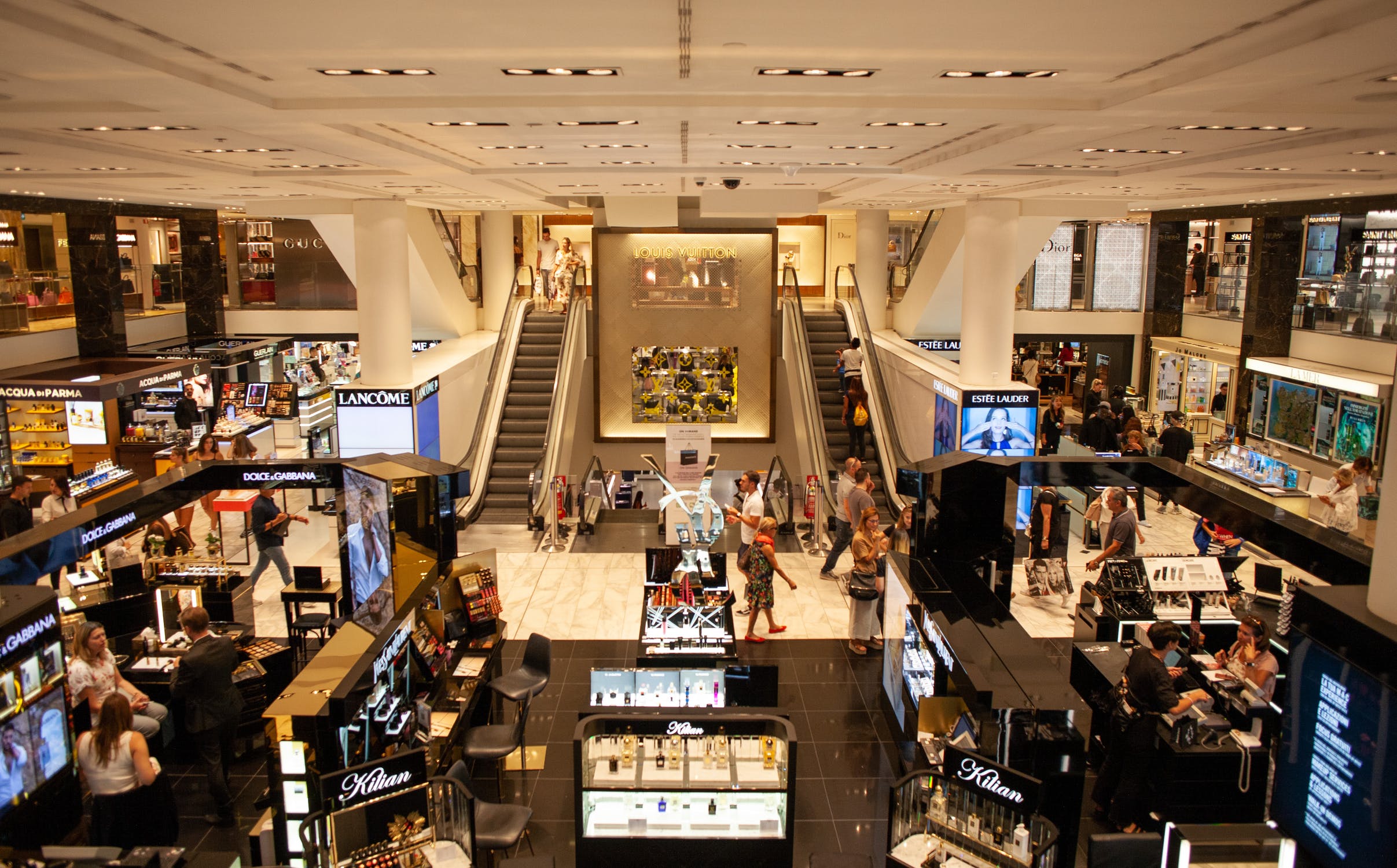An Evolving Black Friday
Amy Chin
Marketing Editor
The latest in a series of non-traditional Black Friday shopping, this year’s shopping continued to look different from previous years. While overall sales were not drastically different, there were still slightly fewer people shopping this year. The National Retail Federation found that 179.8 million people shopped, either online or in-store, between Black Friday and Cyber Monday. For 2020 there were 186.4 million shoppers and 189.6 million shoppers in 2019. The decline in 2020 was commonly attributed to the COVID-19 pandemic and resulting economic downturn but the trend continued this year as well. In terms of sales volume, there were also declines. Adobe Analytics reported that Cyber Monday sales fell 1.4% from last year to only $10.7 billion. Beginning in 2012, this is the first year that Adobe reported an overall shopping decline on a historically major shopping day. This directional decline across recent years indicates the shrinking appeal of traditional doorbuster Black Friday shopping. As this shopping holiday evolves, e-commerce and a more spread-out holiday shopping season are rising in popularity.

Cyber Monday of 2020 was record setting as the pandemic forced e-commerce as a substitute to in-store shopping. Since the pandemic, consumers have continued to utilize e-commerce platforms. According to Sensormatic Solutions, in-store shopping was up 34.2% from 2020 but was down 21.7% when compared to 2019, a more “normal” year. While shoppers did return to physical stores this year, many seem content with online shopping. A contributing factor is the lack of “doorbuster” advertising. Big retailers like Best Buy and Walmart that are usually known for swarming crowds and massive sales did not use the term “doorbuster” in their advertising this year. Overall, the discounts themselves were smaller compared to previous years. Notably, Cyber Monday discount levels on electronics were only 12% off compared to 27% off in 2020 (Adobe Analytics). Whether the cause is inflation, supply chain issues, or companies attempting to recover their pandemic losses, shoppers ended up paying more this year.
Another evolution of this shopping weekend is that the record-breaking numbers are happening on the days outside of the typical Cyber Week shopping window. This year deals started earlier with shoppers seeing discounts as early as post-Halloween. Due to supply chain challenges and shoppers getting a head start on gift buying, holiday shopping started earlier. Despite lower sales during Cyber Week, holiday shopping is actually projected to increase year over year. The National Retail Foundation estimates sales from November and December to increase by between 8.5% and 10.5% from last year. For context, the average increase from the past five years was only 4.4%. As the landscape of holiday shopping flattens, big spending on Black Friday is changing to a more spread out, but overall higher, shopping pattern.
For marketers, an expanding shopping season reflects changing strategies as Black Friday loses some of its buzz. E-commerce is a key driver of holiday shopping, but some emerging trends forecast continued growth as technology advances. Social commerce, conducted via social media platforms, is capitalizing on the maturing of influencer marketing as influencers and companies alike try to drive in-app consumer purchases. Augmented reality (AR) commerce and livestream shopping provide shoppers the benefits of “trying-on” the product or getting product questions answered in real time. These technologies may help to bridge the gap between online and in-store shopping as technology attempts to replicate the advantages that were once exclusive to an in-store experience. Another emerging trend is conversational commerce that is conducted through either text-based or voice-based conversation. Shopping via a facilitated conversation on Facebook Messenger or a smart device like an Amazon Echo enables companies to be “always on” with a highly personalized shopping experience. Overall, while Black Friday fades slightly, holiday shopping is spreading out yet still increasing with even more room to grow as e-commerce embraces new technologies.
Contact Amy at chinamy@shu.edu

